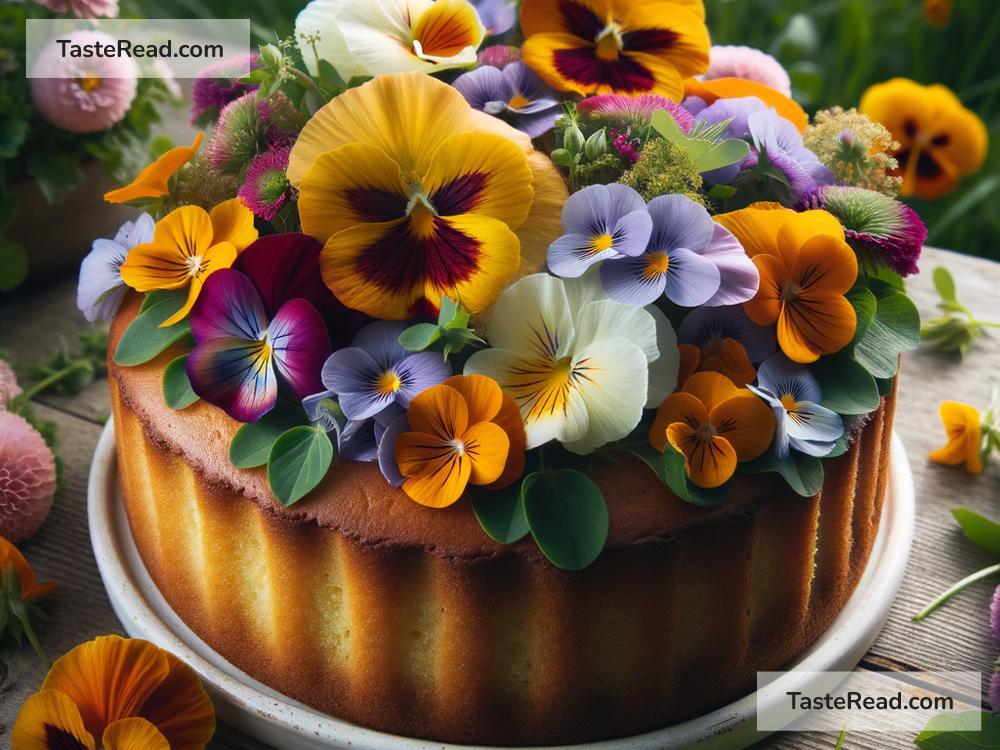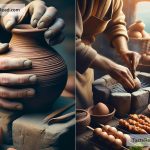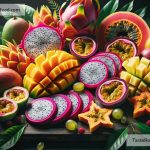Cooking with Edible Flowers: My Experiment in Culinary Aesthetics
Cooking is not just about making food that tastes good. It’s also about creating something that looks beautiful on the plate. I recently decided to dive into a unique cooking adventure that blends taste with visual aesthetics: cooking with edible flowers. It’s one thing to grow flowers in your garden for their beauty or smell, but have you ever thought about adding them to your dinner? Come along as I share my journey of discovering the magic of edible flowers in the kitchen.
Starting with the Basics
Before I began, I did a little homework. Not all flowers are safe to eat, and some can be downright poisonous if ingested. It’s crucial to know which flowers are edible and to source them from places that haven’t treated them with pesticides or other chemicals unsafe for consumption. Some of the popular edible flowers include nasturtiums, pansies, lavenders, marigolds, and chamomile. Each of these blooms isn’t just pretty; they offer unique flavors ranging from spicy to sweet, adding an exciting twist to dishes.
A Trip to the Market
My next step was to find these edible gems. I discovered that while some grocery stores carry a small selection, local farmers’ markets were gold mines for fresh, organic edible flowers. Armed with an assortment of nasturtiums, which have a peppery taste, and sweet, fragrant violets, I was ready to start my culinary experiment.
Simplicity is Key
I decided to start simple. I wanted the flowers to shine, both in appearance and taste, so I chose dishes that were elegant yet easy to prepare. The first on my list was a fresh garden salad with a colorful mix of greens, herbs, edible flowers, and a light vinaigrette dressing. The nasturtiums added a peppery kick that complemented the sweetness of the violets and the freshness of the greens beautifully. It was a hit, both visually and taste-wise.
Raising the Bar
Feeling more adventurous, I moved on to something slightly more sophisticated: herb and flower-infused butter. I mixed softened butter with finely chopped herbs and petals from lavender and chamomile. The result was a fragrant, visually stunning spread that transformed simple slices of bread into gourmet treats.
A Sweet Experiment
No culinary experiment would be complete without delving into desserts. I opted to make candied violets. By brushing the petals with egg whites and dusting them with superfine sugar, and then letting them dry, I created the most exquisite, edible jewels. These candied violets were not only delicious but also made beautiful garnishes for cakes and cupcakes.
Unforeseen Challenges
Of course, cooking with edible flowers wasn’t without its hiccups. One challenge was making sure the flowers were clean and free from bugs. I had to learn to wash them gently without damaging the delicate petals. Another issue was the timing of use. Edible flowers are best used soon after picking them as they wilt quickly. Planning and preparing dishes that could showcase the flowers immediately was essential.
The Final Takeaway
My experiment with cooking with edible flowers has been an eye-opener. Not only have I added new flavors and colors to my dishes, but I’ve also discovered a new way of appreciating the beauty that nature offers. Cooking with edible flowers isn’t just about aesthetics; it’s about integrating the natural world into our meals in a way that delights all the senses.
If you’re looking to add a touch of elegance and an element of surprise to your cooking, edible flowers are worth exploring. Start simple, do your research on what’s safe to eat, and most importantly, have fun experimenting. Cooking is, after all, an art and a form of expression. So why not make your plates your canvas and create something truly beautiful?
Remember, the key to success in this floral culinary adventure is creativity, a bit of bravery, and a sense of fun. Happy cooking!


